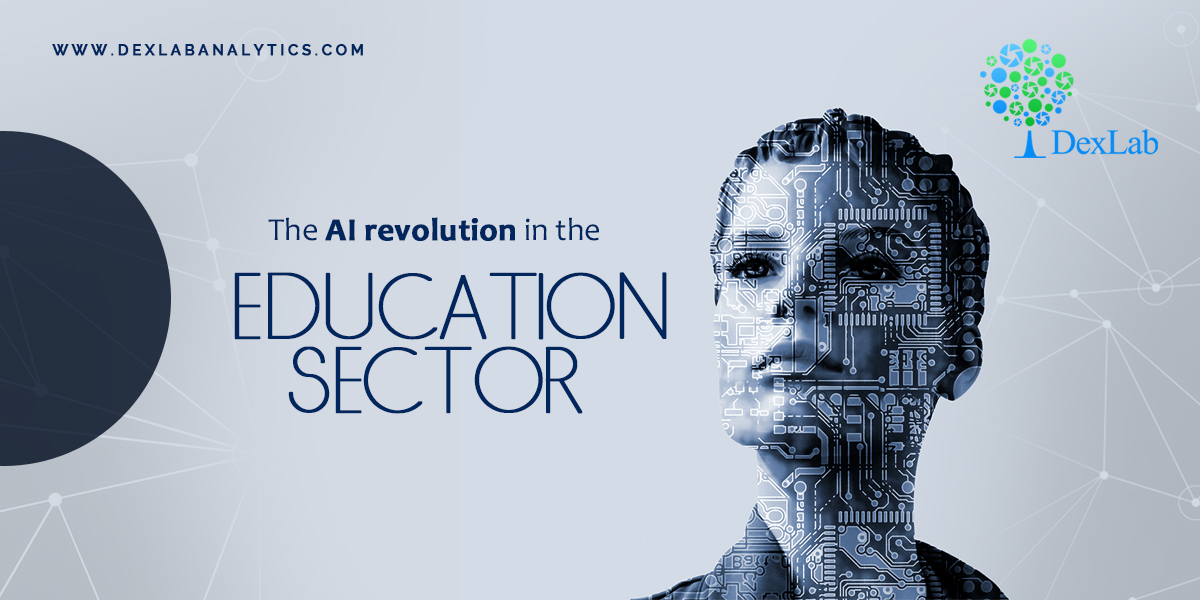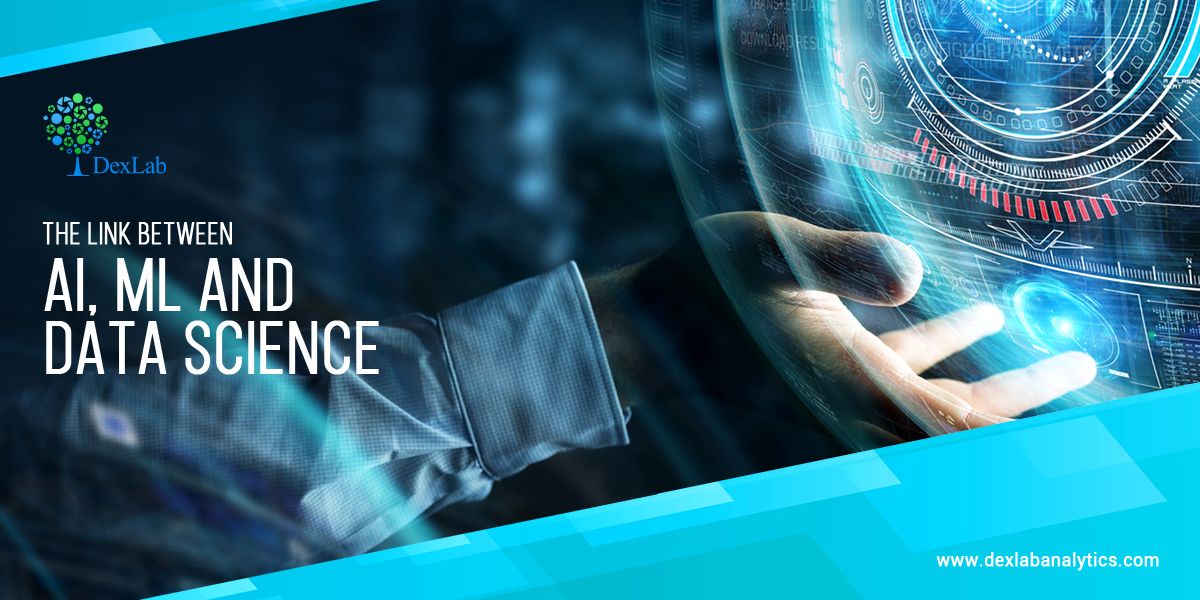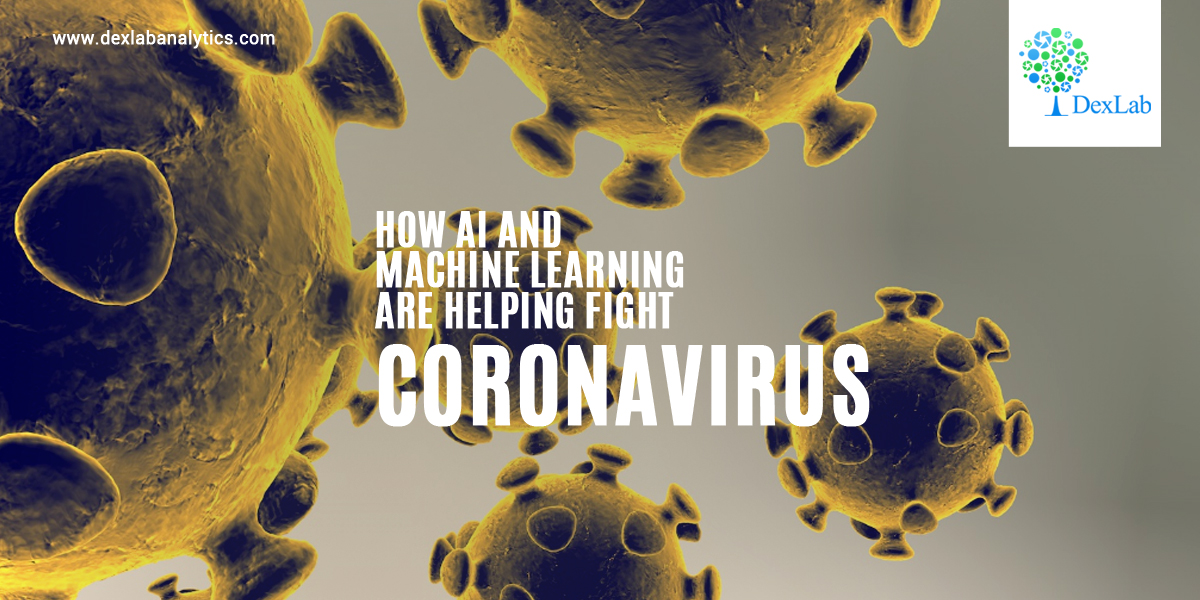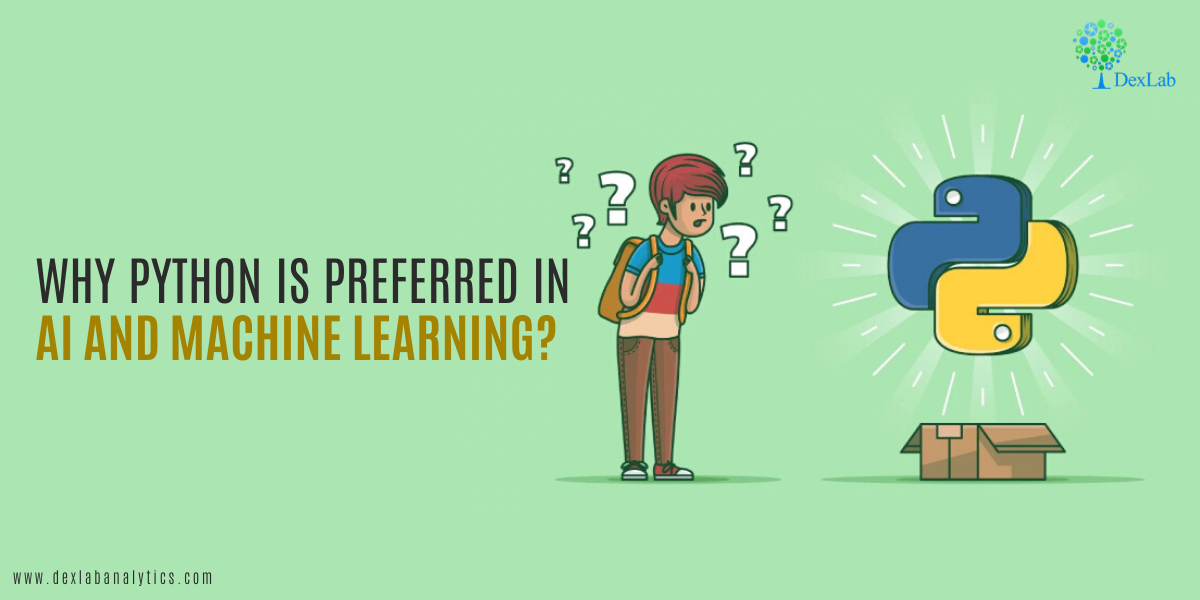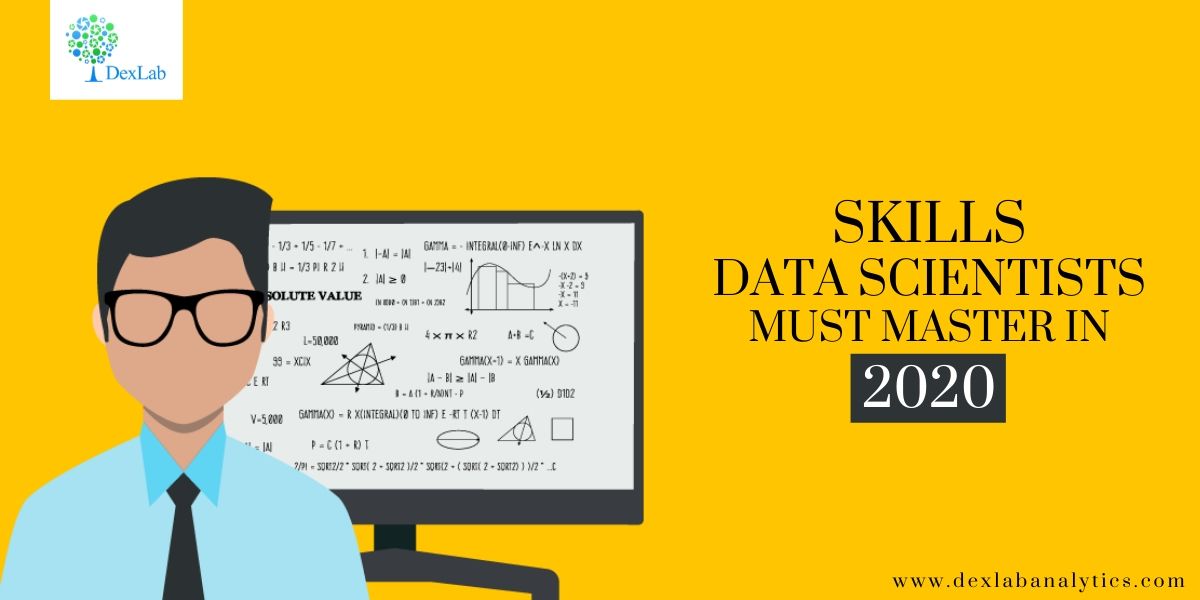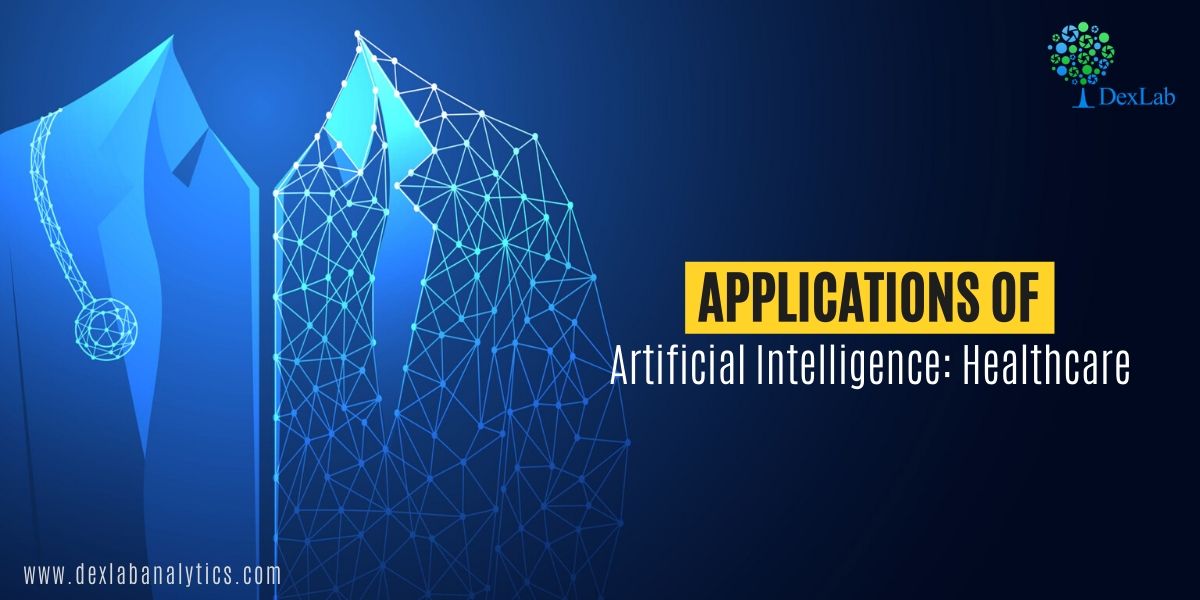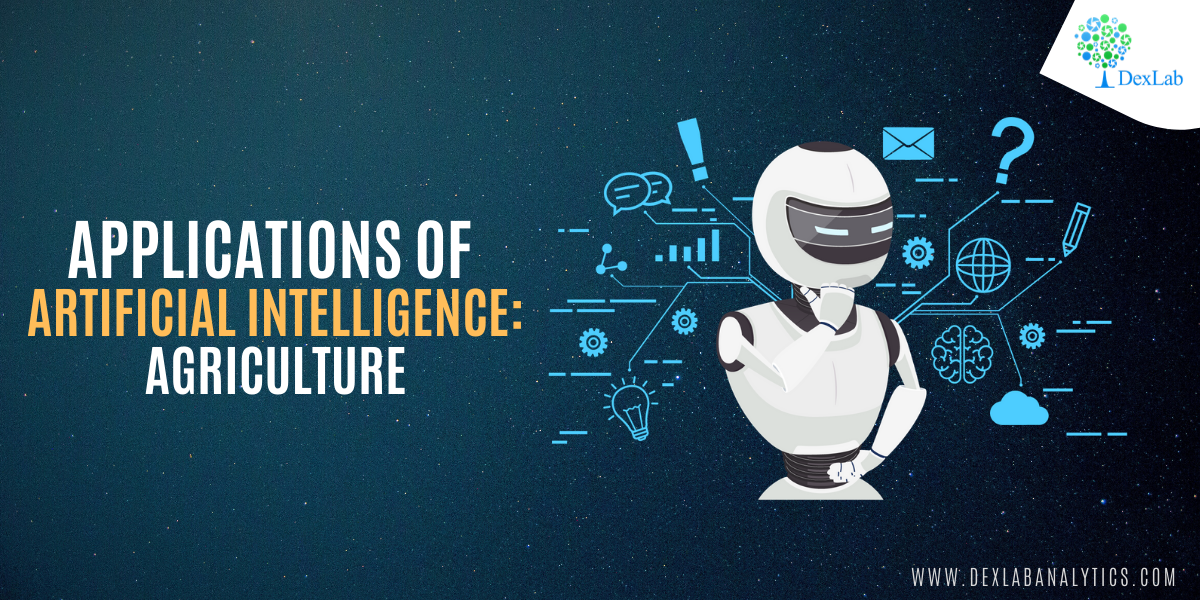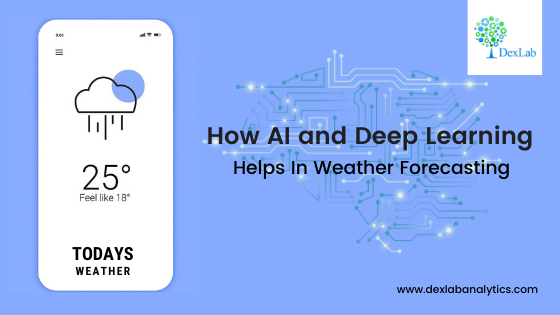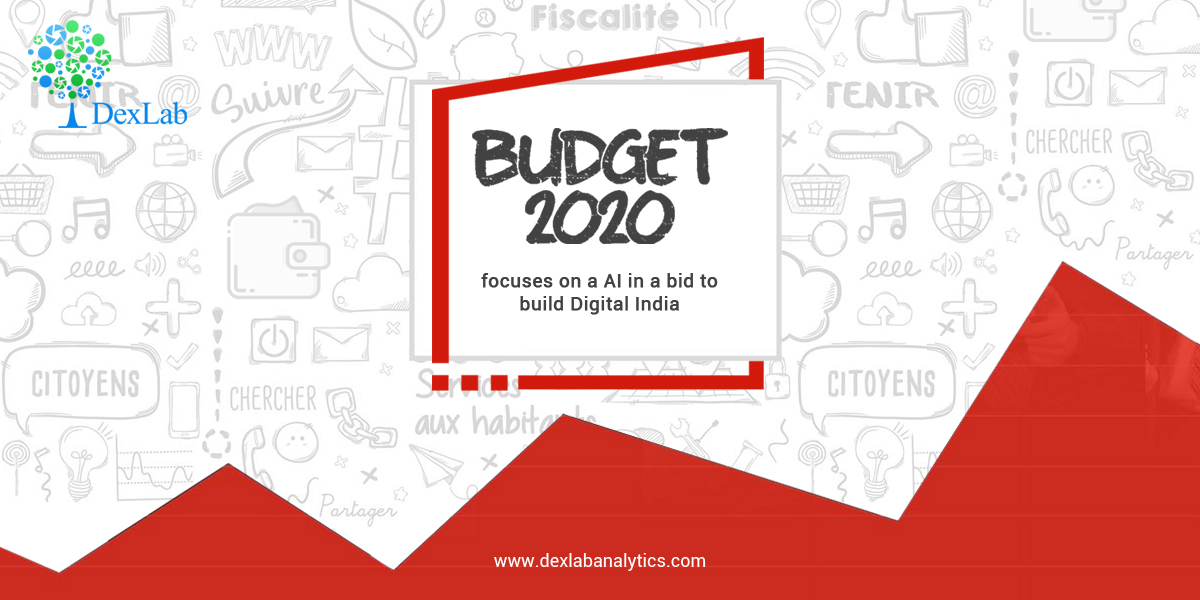Artificial Intelligence (AI) is revolutionizing innumerable aspects of our lives, education being one of them. AI has transformed the way we learn, the relationship between the student and the teacher and the very manner in which our curriculum is perceived. This article, the third part of a series on the applications of artificial intelligence, delineates how AI has come to transform the education sector, as we know it.
The biggest contribution of AI to the education sector has been towards enhancing and streamlining the system of teaching students with varying needs across the spectrum, from elementary schools to adult learning centers. Students can be mentally developed in the left side of the brain with more analytical skills or they can be mentally developed in the right side of the brain with more creative and literary skills. Likewise, there may be students with different interests and passions. A strictly uniform curriculum does not suit all students of the same class because people differ in their learning ability and interests.
AI-Enabled Hyper-Personalization
AI is thus being used to customise curricula according to specific needs of each student of a single class. This is being done through the power of machine learning via a method called hyper-personalization. The AI powered system studies and examines the profile of a student and prescribes suitable curricula for her/him. According to a report, it is expected that by the year 2024 onwards, almost 50 percent of learning management tools will be powered by AI capabilities. These AI-enabled e-Learning tools will touch over $6 Billion in market size by 2024.
Smart Learning Tools
Machine Learning and AI are also defining the way hyperper sonalized and on-demand digital content is created to digitise the learning environment. Now students do not have to rote-learn chapter after chapter from textbooks. They are absorbing learning material in the form of condensed bits of information in the form of smaller study guides, chapter summaries, flashcards, as well as short smart notes designed for better reading and comprehension. Learning is therefore becoming gradually paperless. AI systems also have an online interactive interface that helps in putting in place a system of feedback from students to professors regarding areas they are facing trouble understanding.
Digital Conversations
AI systems are also being used to develop the system of tutoring with personalized conversational education assistants. These autonomous conversational agents are capable of answering questions, providing assistance with learning or assignments, and strengthening concepts by throwing up additional information and learning material to reinforce the curriculum. “These intelligent assistants are also enhancing adaptive learning features so that each of the students can learn at their own pace or time frames”.
Adoption of Voice Assistants
In addition, educators are relying heavily on using voice assistants in the classroom environment. Voice assistants such as Amazon Alexa, Google Home, Apple Siri, and Microsoft Cortana have transformed the way students interact with their study material. In the higher education environment, universities and colleges are distributing voice assistants to students in place of traditionally printed handbooks or hard-to-navigate websites.
Assisting Educators
AI powered systems are not only helping students with course work, they are also empowering teachers with teaching material and new innovative ways to educationally express themselves. It is easier to explain a theory with the help of picture cues and graphical representation than mere definitions. The Internet has become a treasure trove of teaching material for teachers to borrow from. Also, teachers are burdened with responsibilities “such as essay evaluation, grading of exams…ordering and managing classroom materials, booking and managing field trips, responding to parents, assisting with conversation and second-language related issues…Educators often spend up to 50% of their time on non-teaching tasks.”AI powered systems can help streamline these tasks and handle repetitive and routine work, digitise interaction with parents and guardians and leave educators with more time to teach students.

When it comes to higher learning, in India at least, more and more artificial intelligence and machine learning institutes are opening up. DexLab Analytics is a premiere artificial intelligence course in Delhi that trains professionals in both AI and machine learning.
.
